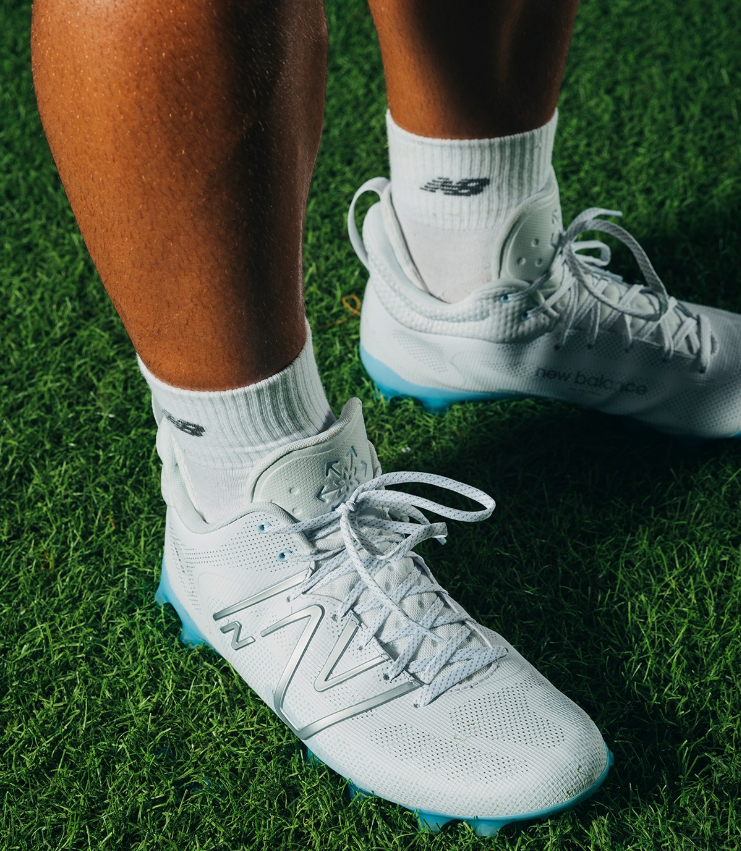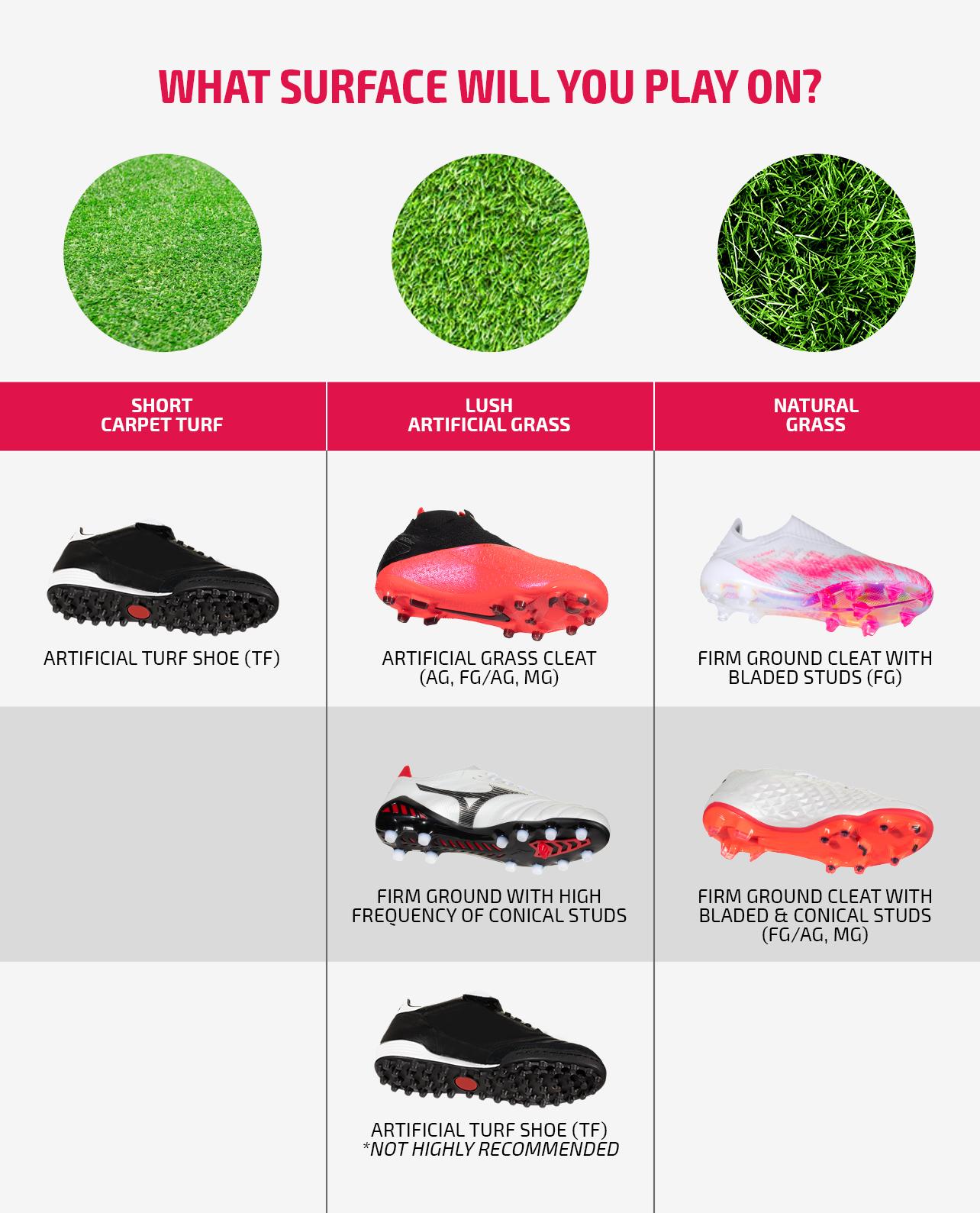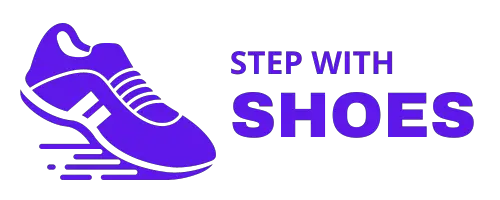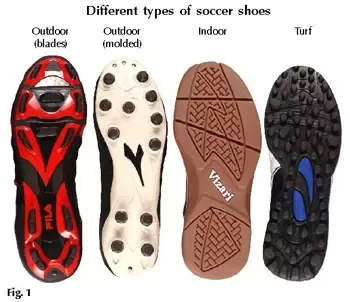Are turf shoes better than cleats? The answer depends on your playing surface and personal preference.
Choosing between turf shoes and cleats can be tricky. Both offer unique advantages for different conditions. Turf shoes provide better traction on artificial surfaces. Cleats excel on natural grass, offering more grip. In this blog, we will explore the differences between turf shoes and cleats.
We aim to help you make an informed decision based on your needs. Whether you’re a beginner or a seasoned player, understanding the right footwear can improve your game. Let’s dive in and find out which option suits you best.

Credit: www.lacrosseunlimited.com
Introduction To Turf Shoes And Cleats
Choosing between turf shoes and cleats is crucial for athletes. Each offers unique benefits based on the playing surface and sport. This guide will help you understand the purpose and design of turf shoes and cleats. You’ll also learn which sports commonly use each type.
Purpose And Design
Turf shoes are designed for artificial turf surfaces. They have rubber soles with small studs or nubs. This design provides good grip and stability on synthetic fields. Turf shoes also have more cushioning, making them comfortable for long periods.
Cleats are made for natural grass fields. They feature longer studs or spikes on the sole. These penetrate the ground, providing excellent traction. Cleats help prevent slipping on wet or uneven grass surfaces. They come in various types for different sports, such as soccer, baseball, and football.
| Feature | Turf Shoes | Cleats |
|---|---|---|
| Playing Surface | Artificial turf | Natural grass |
| Sole Design | Rubber with small studs | Longer studs or spikes |
| Comfort | More cushioning | Less cushioning |
Popular Sports Using Each
Turf shoes are popular in sports played on synthetic fields. These include indoor soccer, field hockey, and some recreational leagues. Athletes prefer them for their comfort and grip on artificial surfaces.
Cleats are essential for sports on natural grass. Soccer, football, and baseball players commonly use cleats. The longer studs provide better traction, preventing slips during fast movements. Different sports have specific cleat designs to suit their needs.
- Soccer: Firm-ground cleats
- Football: Molded and detachable cleats
- Baseball: Metal and molded cleats
Benefits Of Turf Shoes
Turf shoes are a popular choice for athletes who play on artificial surfaces. They offer several benefits that can enhance your game. This section covers the advantages of using turf shoes.
Improved Traction On Artificial Surfaces
Turf shoes are designed to provide better traction on artificial grass. The small rubber studs on the sole grip the turf well. This design helps you move quickly and change direction with ease.
Cleats can sometimes slip on turf. This is because their longer spikes are made for natural grass. On the other hand, turf shoes are made specifically for synthetic fields. This makes them a safer choice for artificial surfaces.
Enhanced Comfort And Cushioning
Comfort is another important factor. Turf shoes offer more padding than cleats. The extra cushioning helps to absorb shock and reduce stress on your feet and legs.
Inserts in turf shoes can also be customized. This allows for better arch support. Many athletes find turf shoes more comfortable for long practices or games. This added comfort can improve performance and reduce the risk of injury.
| Feature | Turf Shoes | Cleats |
|---|---|---|
| Traction on Artificial Surfaces | Excellent | Variable |
| Comfort | High | Moderate |
| Shock Absorption | Good | Less |
Choosing between turf shoes and cleats depends on your needs. For artificial surfaces, turf shoes offer clear advantages in both traction and comfort.
Advantages Of Cleats
Cleats are a popular choice among athletes. They offer several benefits on natural grass surfaces. Their design focuses on providing stability and traction. This makes them ideal for various sports. Let’s explore some key advantages of cleats.
Optimal Grip On Natural Grass
Cleats provide excellent grip on natural grass. They penetrate the ground, ensuring stability. This helps players maintain balance during quick movements. It reduces the risk of slipping and falling. A firm grip is essential for sports like soccer and football. It enhances performance by providing confidence in movement.
Variety Of Stud Configurations
Cleats come with various stud configurations. Each design suits different playing conditions. Some have longer studs for soft, muddy fields. Others have shorter studs for firm, dry surfaces. This variety allows players to choose the best option. It ensures optimal performance in any condition. Customizing your cleats can improve your game significantly.
Comparing Durability
When deciding between turf shoes and cleats, durability is a crucial factor. Athletes want footwear that can withstand intense play and last through multiple seasons. This section dives into the durability of turf shoes and cleats, comparing how they hold up over time.
Wear And Tear On Different Surfaces
Turf shoes are designed for artificial surfaces. These shoes have rubber outsoles with small nubs. This design minimizes damage on turf. Turf shoes tend to last longer on artificial grass because they cause less friction and wear.
Cleats, on the other hand, are made for natural grass. They have longer studs which dig into the ground. This provides better traction but also leads to more wear and tear. Playing on hard surfaces can significantly damage cleats. The studs wear down and the shoe material can tear.
Longevity Of Materials
The materials used in turf shoes are typically more durable on artificial surfaces. The rubber outsoles are resilient and flexible. They handle the repetitive movements on turf without significant degradation.
Cleats are often made from synthetic leather or mesh. These materials provide great support and breathability. But they can wear out faster, especially on rough surfaces. The studs can also break or wear down quickly.
Here’s a quick comparison:
| Footwear | Best for Surfaces | Durability |
|---|---|---|
| Turf Shoes | Artificial Turf | High |
| Cleats | Natural Grass | Moderate |
In summary, turf shoes offer better durability on artificial surfaces. Cleats, while excellent for natural grass, may not last as long on harder surfaces. This makes turf shoes a more durable option for playing on artificial turf.
Performance Factors
When choosing between turf shoes and cleats, performance factors play a crucial role. This section explores the key aspects that influence performance, such as speed and agility, and injury prevention.
Speed And Agility
Speed and agility are essential for athletes. Turf shoes often have a flat sole with rubber studs. This design offers better grip on artificial surfaces. The enhanced traction helps players make quick turns. It also aids in sudden stops and starts. Cleats, on the other hand, have longer studs. They dig into the natural ground. This can slow down movement on artificial turf.
Here’s a quick comparison:
| Footwear | Speed | Agility |
|---|---|---|
| Turf Shoes | High | High |
| Cleats | Moderate | Moderate |
Injury Prevention
Preventing injuries is vital for any athlete. Turf shoes offer better stability on artificial surfaces. The flat sole minimizes the risk of ankle twists. The rubber studs reduce the impact on joints. This can help in preventing knee and ankle injuries. Cleats, with their longer spikes, can cause more strain on joints. They are better suited for natural grass. On artificial turf, they can lead to slips and falls.
Consider these points for injury prevention:
- Turf Shoes: Better for joint health, reduced ankle twists.
- Cleats: Higher risk of slips on artificial surfaces.

Credit: mygolfspy.com
Cost Considerations
When comparing turf shoes to cleats, cost considerations play a crucial role. It’s essential to understand the initial investment and long-term value of each option. This helps in making an informed decision based on budget and usage needs.
Initial Investment
The initial cost of turf shoes is often lower than cleats. Turf shoes use materials that are less expensive to produce. This makes them more budget-friendly. Cleats, on the other hand, tend to be pricier. This is due to their specialized design and high-quality materials. For someone starting in sports, turf shoes might be a more affordable choice.
Long-term Value
When considering long-term value, turf shoes offer good durability. They are designed for use on artificial surfaces, which reduces wear and tear. This can make them last longer if used appropriately. Cleats, though more expensive upfront, also provide excellent value. They are tailored for specific sports and surfaces. This ensures better performance and longevity. In the long run, the choice between turf shoes and cleats depends on usage frequency and surface type.
Choosing The Right Footwear
Choosing the right footwear is vital for athletes. The right shoe can boost performance and prevent injuries. Deciding between turf shoes and cleats depends on several factors. These include the type of sport and personal comfort. Let’s explore these aspects in detail.
Sport-specific Needs
Different sports have unique requirements. Soccer players need shoes that allow quick direction changes. Cleats often provide the best grip on grass. Baseball players benefit from cleats for running bases. On the other hand, turf shoes excel on artificial surfaces. They offer better stability and comfort on such fields. Always consider the specific demands of your sport.
Personal Preferences
Personal comfort plays a big role in choosing footwear. Some athletes prefer the snug fit of cleats. Others find turf shoes more comfortable for long periods. Think about your playing style and foot shape. Try on both types of shoes. See which one feels better. Comfort can impact your performance and enjoyment of the game.

Credit: www.dder.org
Frequently Asked Questions
What Are Turf Shoes Used For?
Turf shoes are designed for artificial turf surfaces. They provide better grip and comfort on these fields.
Are Cleats Suitable For Artificial Turf?
Cleats can be used on artificial turf but might cause discomfort. Turf shoes are better suited for artificial surfaces.
Can Turf Shoes Be Used On Grass?
Turf shoes can be used on grass but may not provide the same grip as cleats. Cleats are better for grass fields.
Conclusion
Choosing between turf shoes and cleats depends on your playing surface. Turf shoes excel on artificial grass, providing stability and comfort. Cleats, on the other hand, are best for natural grass fields, offering better grip. Both options have unique benefits.
Assess your needs and playing conditions. This will help you make the best choice. Remember, the right footwear can enhance your performance and reduce injury risk. Make an informed decision and enjoy your game.



Leave a Reply